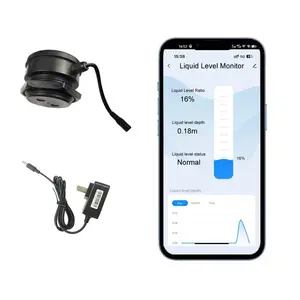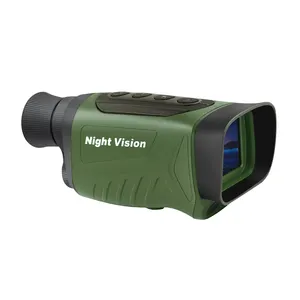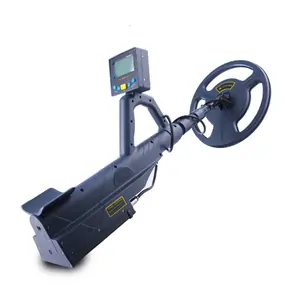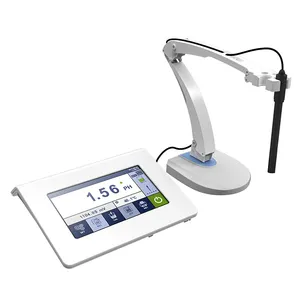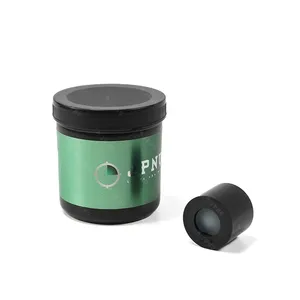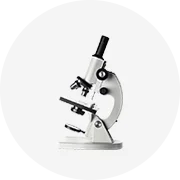Popolare nel tuo settore
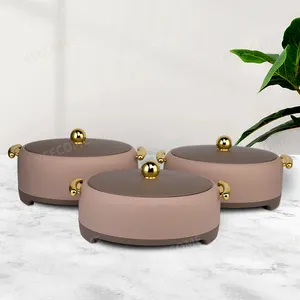












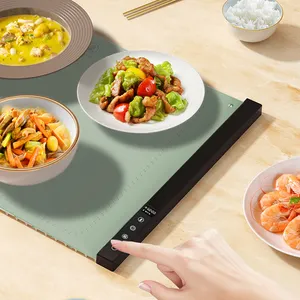

















































Ricerche correlate:







































































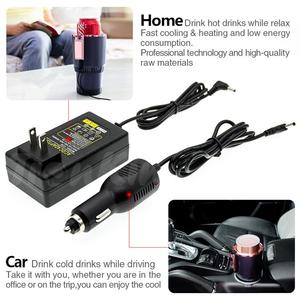


































































Migliori categorie
Su scaldabagno per il controllo della temperatura
Trova diversi tipi di scaldabagno per il controllo della temperatura all'ingrosso per varie esigenze di misurazione della temperatura. Considera la vasta gamma di termometri a termocoppia di qualità disponibili per uno strumento di temperatura versatile. Le termocoppie possono misurare in modo efficiente la temperatura in diversi tipi di ambienti. Per luoghi come le fonderie che lavorano con metallo fuso, di solito sono necessarie termocoppie di qualità per misurazioni accurate delle temperature del metallo fuso.
Le termocoppie possono essere utilizzate anche in diverse applicazioni alimentari come le sonde a penetrazione e anche in controllo del forno. Uno strumento del genere sarebbe utile per gli operatori del settore alimentare e delle bevande ed è un componente molto necessario per le aziende che producono elettrodomestici da cucina o da cucina. Sono disponibili anche strumenti correlati come il calibratore per termocoppie e il registratore di dati per termocoppie a prezzi convenienti.
Per rendere più conveniente la raccolta dei dati per i ricercatori sul campo o per coloro che lavorano in laboratori che conducono esperimenti controllati, abbiamo strumenti e attrezzature come il misuratore di temperatura e umidità. Puoi anche trovare registratori di dati di temperatura wireless e registratori di dati di temperatura USB tra le nostre scaldabagno per il controllo della temperatura disponibili. Questi dispositivi forniscono letture accurate della temperatura e possono registrare in modo affidabile le informazioni in modo digitale, risparmiando tempo e sostanzialmente aumentando l'efficienza complessiva del flusso di lavoro.
Offriamo anche pirometri che sono strumenti in grado di misurare la temperatura di un oggetto senza dover fare contatto con il soggetto da misurare. Questo strumento è l'ideale per chi necessita di uno strumento rapido ed efficiente per la rilevazione della temperatura. Tale strumento può essere efficacemente utilizzato in stabilimenti come centri commerciali, negozi al dettaglio o negozi di alimenti e bevande come parte delle misure di sicurezza durante una pandemia. Trova altro scaldabagno per il controllo della temperatura su Alibaba.com!
